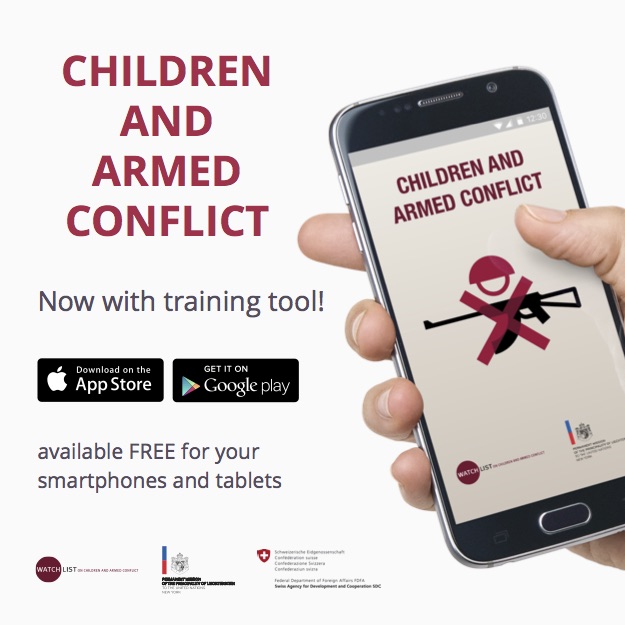A few weeks ago, while on mission in the Central African Republic (CAR), I sat in a school in Kaga Bandoro, interviewing internally displaced teachers, students, and parents about how the schools in their communities had been recently attacked by armed groups. Kaga Bandoro is located in Nana Grébizi prefecture where only 25 percent of schools are currently functioning. The interviewees had recently traveled to the city for shelter and many of their children were attending the school neighboring the displacement camp. In the middle of an interview with some education officials, we heard loud, sharp, bangs outside the classroom. We looked worriedly at each other, unsure if it was gunfire. The noises repeated and we quickly jumped to our feet. I ran outside of the classroom where masses of men, women, and children were scrambling across the field towards the camp. As we rushed to unlock our car, the director of the school shouted that it would be a few days before any of the children returned to school.
Despite efforts to restore the education sector in CAR, many schools, students, and teachers remain under threat of attack. In fact, according to data collected by the Education Cluster, 38% of schools have been attacked or used by armed forces and groups.
Watchlist conducted a 5-week research mission between 14 April and 19 May to research attacks on schools, students, and teachers, and military use of schools in CAR. We investigated incidents in 29 schools in Bangui, Dekoa, Bambari, and in areas of Nana Grébizi. We interviewed a wide variety of stakeholders to explore the causes and nature of the attacks and to develop concrete recommendations to strengthen school safety. Securing access to education in CAR is critical to the child protection response and to supporting peacebuilding and development initiatives.
Our findings show that the wave of violence over the last few years has taken its toll on schools. Because active conflict has subsided in many areas, the number of reports of attacks on schools has reduced. However, the decrease in the number of attacks does not necessarily reflect an understanding by armed groups and forces that schools are protected spaces. Moreover, the nature of this problem varies geographically, with some regions suffering from pervasive, ongoing attacks today. Finally, even in areas that have stabilized, looting and threats of attacks by armed groups against students and teachers continue.
Schools in CAR experience different types of at tacks. Foremost, schools suffer from pervasive, ongoing, and sometimes debilitating issues of looting and pillaging. Looting was an issue before the crisis began and has intensified during the period of conflict. Some schools have been stripped bare by armed groups and civilians, leaving no roofs, desks, tables, doors, or school materials. Schools that are rehabilitated also continue to be targeted, particularly for valuable resources like food from the school feeding program or school kits.
In addition, armed groups have threatened and attacked students and education staff. Children and parents either formerly or currently associated with armed groups have sometimes returned to schools and threatened other students or teachers. Watchlist also documented cases, of armed groups interfering with school operations and threatening students and teachers. In one area for example, a group became involved in disciplining a student by detaining him at their facility and requesting his parents pay for his release. Moreover, the insecure environment surrounding schools exposes students and teachers traveling to school to substantial risk of attack.
Military use of schools, including by international forces, was pervasive in the early years of the conflict. As a result, many of the school facilities are in need of rehabilitation. The ongoing presence of armed groups near schools continues to impede access to school facilities.
In addition to documenting attacks and the military use of schools, Watchlist examined how the persistent insecurity has undermined efforts to restore the education system. As seen in the opening example, gunfire and rumors of attacks has hindered the frequency of school attendance in some areas. Moreover, teachers refuse to return to several areas outside of Bangui because of the insecurity. As a result, several schools outside the capital rely on volunteer teachers or “maître-parents”. Finally some groups of students have yet to re-enroll in school. For example, many Muslims students no longer frequent public schools outside of Muslim areas, even when there are few schools in their areas.
Watchlist will be releasing a report in September with further details on our research and recommendations on how to strengthen school safety and security in CAR.



